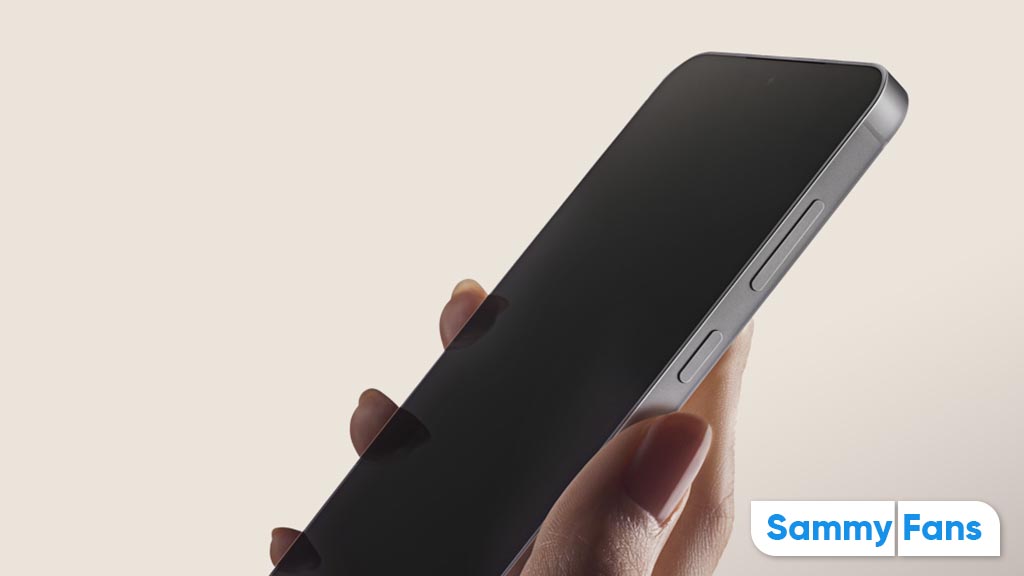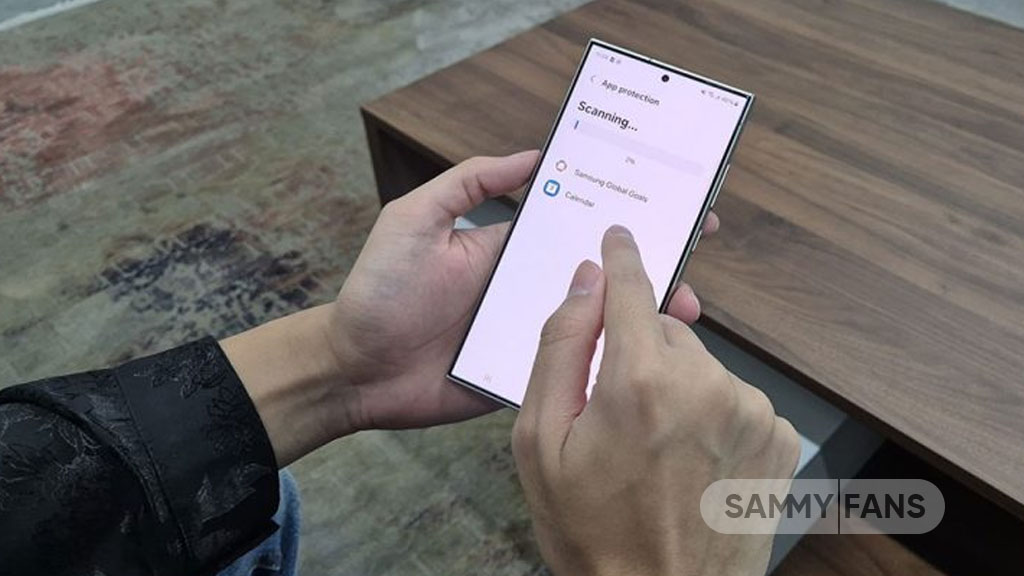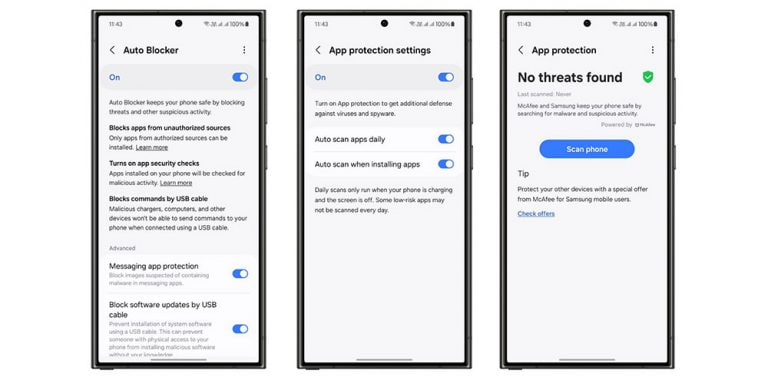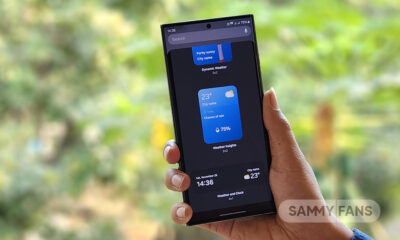
How to download and install Google Play Store?
Sometimes it’s necessary to install the Google Play Store manually. Whether you have accidentally uninstalled it, or you want to revert back to a previous version, or even if your Google Play Store is not working and you just want a fresh install.
First, check your current version
The first thing is that you should check your running version of the Google Play Store. Make sure that, are you installing the latest version of the Play Store?
Steps:
- Open the settings of the Google Play Store app.
- Go to bottom and tap on “Play Store version”.
DOWNLOAD THE LATEST GOOGLE PLAY STORE APP
Second, Download Google Play Store apk from the web
It is the major step for getting the Play Store’s APK file. You can download the APK file of Google Play Store from many websites, tech blogs, and trusted forums. We suggest you should use APKMirror for the best option after Google Play Store to getting applications for your android device.
Steps:
- Tap here to get redirected on the APKMirror‘s page.
- Make sure that which version you want. Just remember your current version installed on your phone and find the version you want. If you want a new version, see it if available.
- Follow the instructions of the website and download the app according to the compatibility of your phone.
Third, allow the permissions
Up to Android 7 and below Android 8
- Open your device settings then find and open the “Security/Privacy/Application settings” option.
- Find or search Unknown Sources and tap on it.= then a warning will be displayed on your screen read them and hit “OK”.
- You are now allowed unknown sources to install apps on your phone.
Android 8+
- Start downloading the APK file, after downloading the file open it.
- The OS will show a pop-up on your screen that the app doesn’t have permission to install the app from this source.
- Click on the available setting option and a new page will be opened.
- Tick the box to allow installation permission for this source then go back to the installation page.
Fourth, Install the Google Play Store using the file manager
- We have done all the necessary settings for installing apps without Google Play Store.
- Open your file manager and go for where you downloaded the APK file.
- After finding the downloaded APK tap on it, then a new pop-up window will appear and you have to select “Package Installer” to install the APK file.
- Click “Install” and wait for the installation process after completion your APK file will be installed on your phone.
Join us on Telegram
The final process, Disable Unknown Sources
This is the most important step to protect your data and manage privacy. If you leave the Unknown Sources box checked, it will harm your privacy. So turn it off. If you have Android Oreo or later then you can skip this step.
Up to Android 7 and below Android 8
- Open your device settings then find and open the “Security/Privacy/Application settings” option.
- Find or search Unknown Sources and open it, Uncheck the box.
- You are now allowed unknown sources to install apps on your phone.
- This will prevent everything (except the Play Store) from installing apps.
- You can always re-check the box later if you need to do this again.
Android 8+
- Open device settings and go for Apps option.
- Find the app you have used to install the Play Store (Browser/File Manager) then click on it.
- On the next page, uncheck the permission which allows the app to install an app outside of the Play Store.

Samsung
One UI 6.1: How to activate Auto Blocker feature on Samsung devices

In today’s era, ensuring our online activities remain secure is very important. For that, Samsung has a powerful feature called Auto Blocker, which enhances user privacy and protects devices from cyber threats effectively. You can easily activate the Auto Blocker feature on your Samsung One UI 6.1 devices.
Auto Blocker feature is mainly valuable for safeguarding against malware and viruses that often infiltrate your device via applications outside the official platform such as the Google Play Store and Samsung Galaxy Store.
It prevents devices from downloading applications without user confirmation from suspicious sources. Users can enjoy a safer browsing experience with minimized exposure to potential threats.
Moreover, the feature also blocks unauthorized commands attempting to access the device through the USB port. This feature is especially useful when connecting devices to transfer files.
You can easily activate Auto Blocker on your One UI 6.1 Samsung device, just need to follow a few steps:
- Navigate to the Settings app on your smartphone.
- Scroll down and select Security and Privacy from the list of options
- Find the Auto Blocker menu. From there, toggle the feature on to enable its protective functionalities.

Users can also customize settings further, such as activating the Messaging app protection option or blocking software updates via USB, depending on their security preferences.
By enabling Auto Blocker, users significantly reduce the risk of malware and viruses infiltrating their devices through untrusted sources. This feature not only safeguards your personal data but also enhances the overall security of your Samsung device.
One UI 6.1
One UI 6.1: How to use Maintenance Mode on your Samsung device

Samsung has updated several Galaxy devices to One UI 6.1, with plans to extend this update to all eligible devices soon. This latest update not only enhances the overall performance but significantly boosts the device’s security. If you want your Samsung One UI 6.1 device to remain safe even during servicing, you can use the Maintenance Mode.
Maintenance Mode is an innovative feature that safeguards users’ personal data during device repair. As smartphones store increasingly sensitive information, it is important to protect this data when giving the device for repairs.
This mode allows service technicians to access the necessary functions of the phone without exposing any personal information. It enhances the privacy and security of Galaxy devices.
The feature also ensures that applications installed by the user are not removed. Any data or accounts created while in Maintenance Mode will be automatically deleted once the mode is turned off.
To activate Maintenance Mode on your Samsung One UI 6.1 devices, follow these steps:
- Go to Settings on your device.
- Select Device Care.
- Choose Maintenance Mode.
- In the menu, select the Secure Wi-Fi option.
- Click on Turn On to enable the feature.
- Restart the device as instructed to secure your personal data.

You’ll need to unlock your phone to turn off Maintenance mode. When you do, everything will go back to the way it was when Maintenance mode was first turned on.
One UI 6.1
One UI 6.1: How to turn on App Protection feature on Samsung devices

In an age where digital security is more important than ever, Samsung keeps Galaxy devices secure with its App Protection feature. Let’s see how you can enable the App Protection feature on your One UI 6.1 device and keep your Samsung smartphone more secure.
Samsung’s App Protection Feature scans your device to save it from the unseen dangers of malware and viruses. It works seamlessly in the background, automatically scanning all applications and files on your device.
If a security issue is noticed, you can uninstall or stop the download process of the related application to avoid data theft.
Here’s how to activate the App Protection feature
You can activate the App Protection feature on your One UI 6.1 device with just a few taps.
- Open Settings and select Device Care.
- Turn on App Protection within the Device Care menu.
- After enabling, the device will start scanning.
- For additional settings, tap the More icon and go to Settings.
- Enable options such as Auto-scan apps daily and Auto-scan when installing apps.
- By enabling Auto Blocker, App Protection will also be activated.
By following these steps, you can set up your Galaxy smartphone to automatically monitor and protect your device. This feature simplifies the process of maintaining your digital safety, allowing you to focus on your day-to-day activities without worry.

Stay up-to-date on Samsung Galaxy, One UI & Tech Stuffs by following Sammy Fans on X/Twitter. You can also discover the latest news, polls, reviews, and new features for Samsung & Google Apps, Galaxy Phones, and the One UI/Android operating system.
Do you like this post? Kindly, let us know on X/Twitter: we love hearing your feedback! If you prefer using other social platforms besides X, follow/join us on Google News, Facebook, and Telegram.










